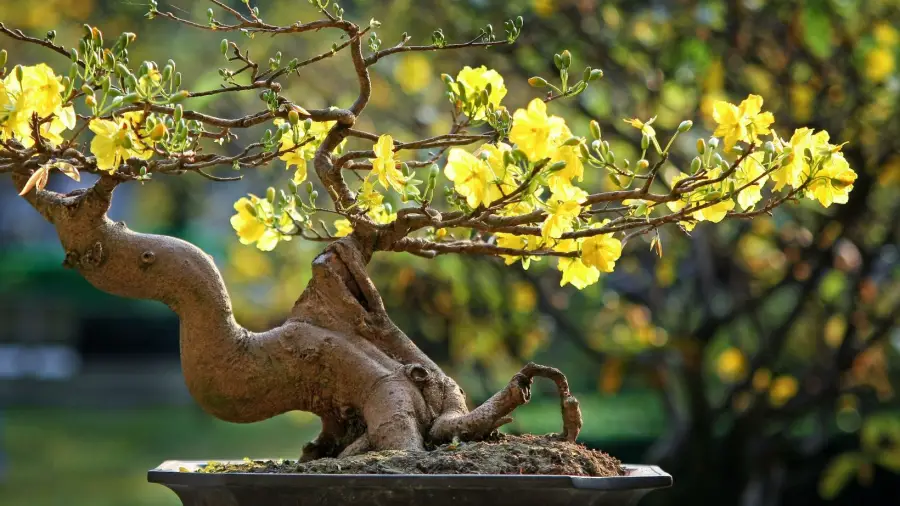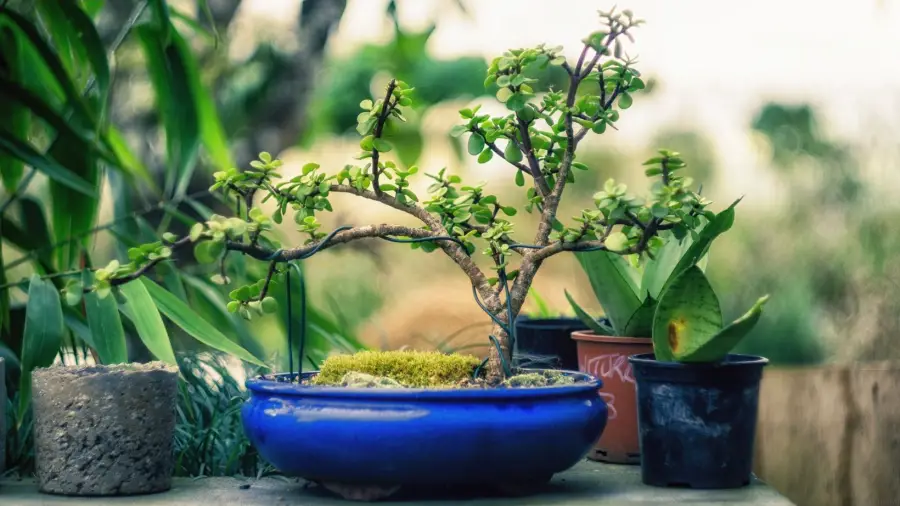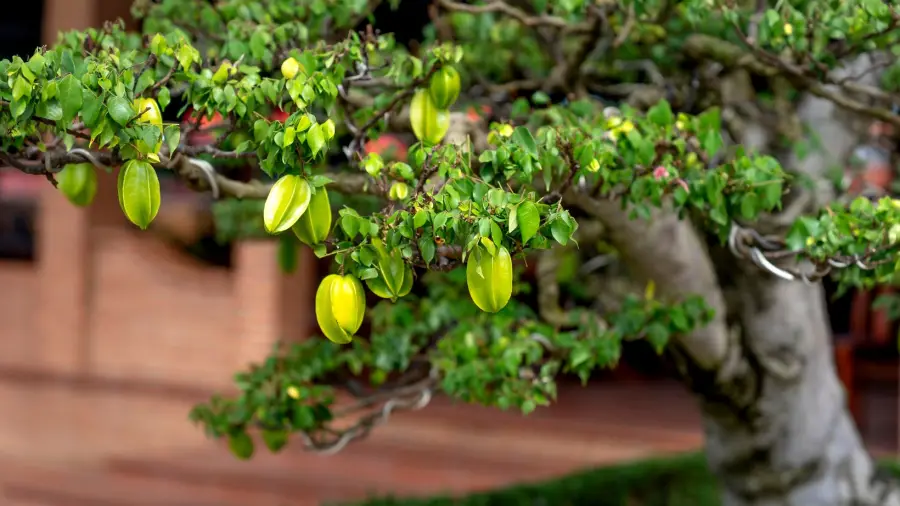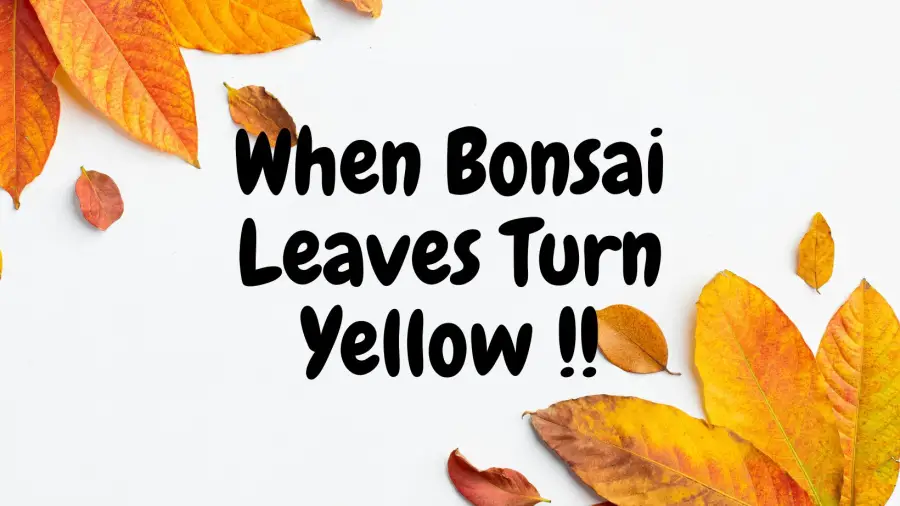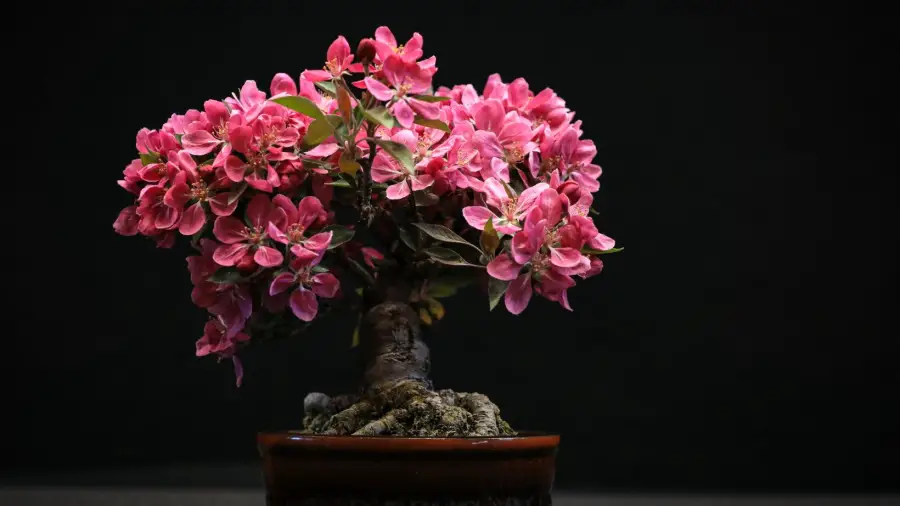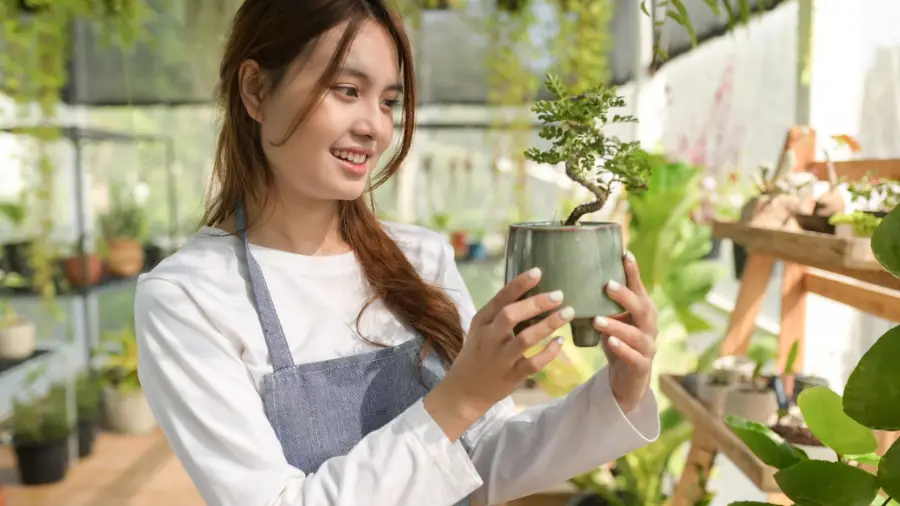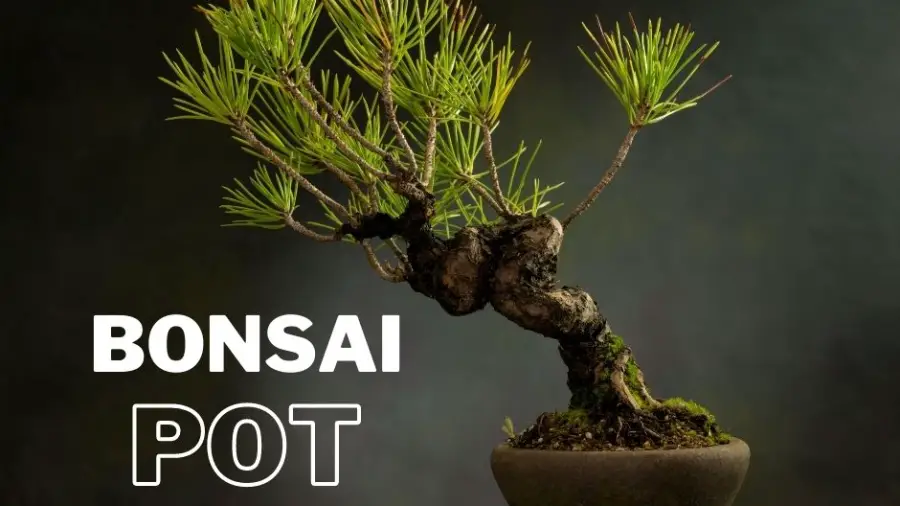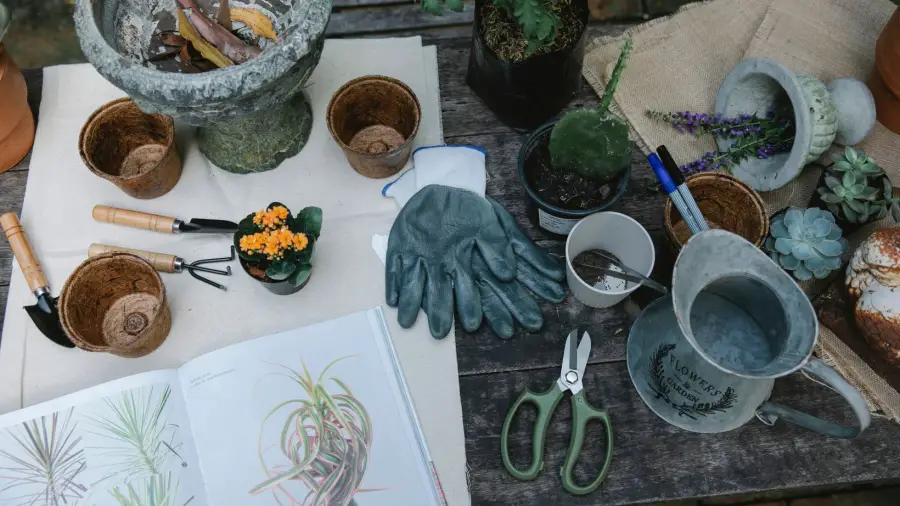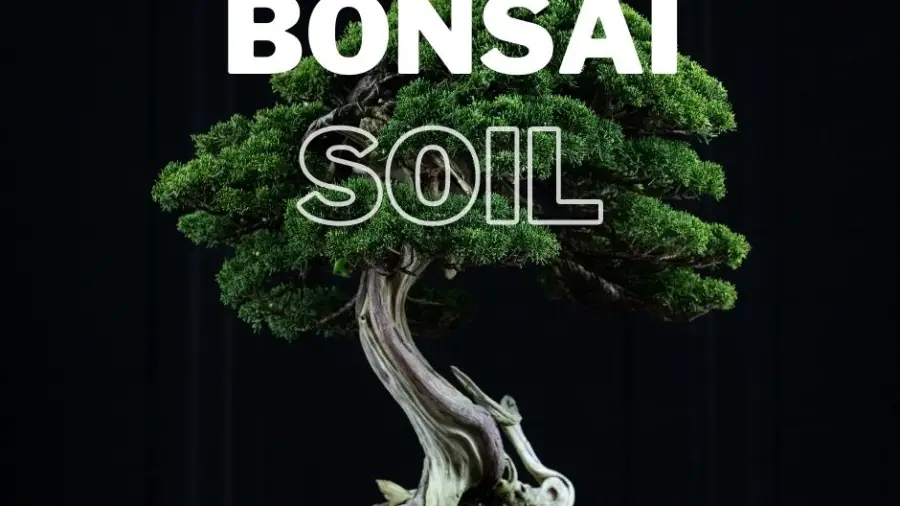Bonsai, the ancient Japanese art of cultivating miniature trees, has captured the fascination of people around the world. These living works of art are sculpted through a meticulous process that involves wiring to shape the tree’s branches and trunk. However, it is essential to know the optimal time to remove the wire, as leaving it for too long can damage the tree, while removing it too soon may result in lost progress. In this article, we will explore everything you need to know about “bonsai when to remove wire,” guiding you through the process with expertise and authority.

Bonsai When to Remove Wire: The Basics
To understand when to remove wire from your bonsai tree, you must grasp the fundamental concepts of wiring. Wiring is a technique used by bonsai enthusiasts to bend and shape branches and trunks gently. It allows them to achieve the desired aesthetics and recreate the tree’s natural beauty on a miniature scale.
Table of Contents
- Bonsai When to Remove Wire: The Basics
- The Best Time to Apply Wiring
- Determining When to Remove Wire
- Signs It’s Time to Remove Wire
- Common Mistakes in Removing Wire
- Step-by-Step Guide to Removing Wire
- FAQs (Frequently Asked Questions)
- Conclusion
The Best Time to Apply Wiring
Before discussing when to remove wire, it’s crucial to understand the ideal time to apply it. Generally, the best time to wire your bonsai is during its dormant season, typically in late winter or early spring. During this period, the tree is less active, reducing the risk of damaging the delicate branches.
Determining When to Remove Wire
Removing the wire at the right time is critical to avoid scars and ensure healthy growth. The duration of wiring can vary depending on various factors, including the tree species, growth rate, and thickness of branches.
Signs It’s Time to Remove Wire
While it’s essential to understand the general timeline for wire removal, paying attention to your tree’s signs is equally important. Some indicators that it’s time to remove the wire include:
- Visible Scarring: When it comes to “Visible Scarring” in the context of bonsai when to remove wire, it refers to the marks left on the tree’s branches due to the wire cutting into the bark. These scars can occur when the wire is left on for too long or when the tree’s growth surpasses the wire’s capacity to accommodate it. It is essential to keep a close eye on your bonsai to prevent these scars, as they can mar the tree’s aesthetics and hinder its overall health. To avoid visible scarring, regularly inspect your bonsai for any signs of wire cutting into the branches, and promptly remove the wire if you notice any indentations or marks. By being attentive and proactive, you can ensure that your bonsai maintains its beauty and continues to thrive as a living work of art.
- Natural Healing: In the realm of bonsai when to remove wire, “Natural Healing” pertains to the process by which the branches recover and grow after the wire is removed. As the wire shapes the branches and trunk, it may become constricted, leading to potential damage if not promptly addressed. However, with proper timing, the wire can create the desired form without leaving lasting scars. Once the bonsai reaches the intended shape and the branch retains its position even after the wire is taken off, it indicates that natural healing has occurred. It is crucial to be patient during this stage, allowing the tree to recover fully and ensuring that the wire removal does not cause any harm. By understanding the signs of natural healing, bonsai enthusiasts can achieve remarkable results and nurture their tiny masterpieces to perfection.
- Flexible Branches: In the context of bonsai when to remove wire, “Flexible Branches” are an essential indicator that guides the wire removal process. When branches exhibit increased rigidity and retain the shape molded by the wire, it signals that the desired form has been achieved. At this point, the wire has done its job in gently guiding the growth of the bonsai. It is crucial to be attentive to this transformation, as leaving the wire on for too long after the branches have become rigid can lead to scarring and damage. Once you notice the branches maintaining their shape without the support of the wire, it is the opportune time to remove it, allowing the tree to flourish naturally and continue its journey towards becoming a stunning and harmonious bonsai masterpiece.
- Wiring Bites: “Bonsai when to remove wire” involves being aware of the phenomenon known as “Wiring Bites.” These are impressions left on the branches by the wire during the shaping process. As the bonsai grows, the wire may dig into the bark, causing visible marks and potentially harming the branch’s health. To ensure a healthy and aesthetically pleasing bonsai, it is crucial to pay close attention to these wiring bites. Once you observe that the branch has retained its shape and the wire is leaving marks, it is a clear sign that it is time to remove the wire promptly. By being proactive and responsive to the tree’s needs, bonsai enthusiasts can minimize the impact of wiring bites and promote the tree’s optimal growth and development, resulting in a captivating miniature work of art.
Common Mistakes in Removing Wire
Mistakes in the wire removal process can hinder your bonsai’s health and development. Avoid the following common errors:
- Rushing the Process: Removing the wire too soon can cause the branch to spring back, losing the desired shape.
- Waiting Too Long: Leaving the wire on for an extended period can cause scars and damage the branch.
- Removing Multiple Wires Simultaneously: It’s best to remove wires one at a time to avoid stressing the branch.
Step-by-Step Guide to Removing Wire
Now that you understand the importance of proper wire removal, let’s go through a step-by-step process to guide you through it:
- Inspect the Tree: Carefully examine the bonsai to identify any signs that indicate it’s time to remove the wire.
- Prepare the Tools: Get a pair of bonsai wire cutters ready for the removal process.
- Cut the Wire: Gently cut the wire away from the branches, being cautious not to harm the tree.
- Remove in Sections: If the branch is heavily wired, remove the wire in sections to prevent damage.
- Check for Tight Spots: Ensure that no wire is biting into the bark or constricting the branch’s growth.
- Post-Removal Care: After removing the wire, consider wiring the branch again if needed or focus on maintaining the tree’s health.

FAQs (Frequently Asked Questions)
Q: How long should I keep wire on my bonsai?
A: The duration of wiring varies, but it is generally advised to remove it after 2 to 6 months, depending on the tree’s growth rate.
Q: Can I remove wire during the growing season?
A: It is not recommended to remove wire during the growing season, as the tree is more susceptible to damage.
Q: Is it normal for my bonsai to have wire scars?
A: Some scarring is normal, but proper wire removal and aftercare can minimize their appearance.
Q: Can I reuse bonsai wire?
A: While some enthusiasts reuse wire, it is generally best to use fresh wire to ensure pliability and avoid damage.
Q: What if I forget to remove the wire?
A: If you forget to remove the wire and it starts biting into the bark, remove it immediately and monitor the branch’s health.
Q: How often should I check for wire removal timing?
A: Regularly inspect your bonsai for signs that indicate the wire needs to be removed.
Conclusion
Mastering the art of bonsai requires skill, patience, and knowledge of essential techniques such as wiring. Knowing when to remove wire from your bonsai is a crucial aspect of shaping and nurturing these miniature masterpieces. Remember to be attentive to your tree’s signals, avoid common mistakes, and provide proper aftercare to ensure healthy growth and a stunning bonsai display. With this comprehensive guide, you are now well-equipped to take your bonsai journey to new heights.
